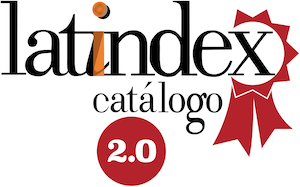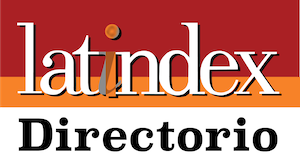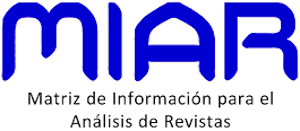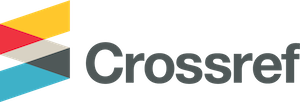Relevant characteristics in the business behavior. Application in the curricular transformation in an Ecuadorian university
DOI:
https://doi.org/10.32645/13906925.1216Keywords:
Entrepreneurial behaviors, business thinking, exploratory factor analysis, confirmatory factor analysis, measurement modelAbstract
In Ecuador, as well as in the world, it is evident that most companies were created by entrepreneurs’ ideas. The problem is the gap that exists between students who want to undertake and those who evidence the creation of a company during their career. The objective of this study is to validate the most relevant entrepreneurial behaviours of the State Polytechnic University of Carchi (UPEC) students, which contributes to modify the curriculum. Students measure 50 assertions with Likert scale which expose behaviours related to 10 business behaviours, allowing an Exploratory Factor Analysis (EFA) to explain the needs raised by McClelland in four latent variables such as: determined, effective, systematic, and safe. This statistical exercise fulfills the assumption of multivariate normality using the Mardia test and the Kayser Meyer Olkin (KMO) test, whose threshold must be greater than the value of
Maximum Likelihood Extraction and Promax Rotation methods. Confirmatory Factor Analysis (CFA) was applied and the psychometric assumptions were validated: FC, AVE and VD. The results show how in Ecuador, some curriculum variables can be intervened, to make the students with entrepreneurial ideas become entrepreneurs. These students are systematic because they plan projects with pertinent information and execute the roadmap. They are effective, so they strive to deliver as planned. They are confident, since they confident in succeeding, and do excellent work to achieve inclusive solutions.
References
Aldrich, H.E. (1999). Organizations Evolving. Sage, Thousand Oaks, CA.
Bastos, M.H.R., Hernandez, C.T., Amaral, M. (2016) A study of the entrepreneurial profile of students in the State of Rio de Janeiro. IAMOT 2016 - 25th International Association for Management of Technology Conference, Proceedings: Technology - Future Thinking, pp. 450-469.
Birch, D.L. (1979). The Job Generation Process. MIT Program on Neighborhood and Regional Change, Cambridge, MA.
Chul Han, B. (2017). La soledad del cansancio. Barcelona: Herder.
FAO y CEPAL, (2020). Análisis y respuestas de América Latina y el Caribe ante los efectos de COVID-19 en los sistemas alimentarios. Boletín N.° 2. Santiago, FAO. https://doi.org/10.4060/ca8872es
Gaskin, J. (2016), Análisis factorial confirmatorio. StatWiki de Gaskination. http://statwiki.gaskination.com
Hair, J., Black, W., Babin, B. y Anderson, R. (2010). Análisis de datos multivariados (7ª ed.): Prentice-Hall, Inc. Upper Saddle River, Nueva Jersey, EE. UU.
Hebles, M., Llanos-Contreras, O., Yániz-Álvarez-De-Eulate, C. (2019). Perceived evolution of the entrepeneurial competence based on the implementation of a training program in entrepreneurship and innovation. Revista Española de Orientación y Psicopedagogía, 30 (1), pp. 9-26.
https://www.scopus.com/inward/record.uri?eid=2-s2.0-85088507062&doi=10.5944%2fREOP.VOL.30.NUM.1.2019.25191&partnerID=. DOI: 10.5944/REOP.VOL.30.NUM.1.2019.25191
Kirzner, I. M. (2008). The alert and creative entrepreneur: a clarification. Small Business Economics, 32 (2), 145–152. doi:10.1007/s11187-008-9153-7
Lucci, F., Pluzhnik, I.L., Ilnitskaya, T.O. (2018). Are entrepreneurs born or made? Effective academic models to foster entrepreneurial graduates. Obrazovanie i Nauka, 20 (5), pp. 56-78. https://www.scopus.com/inward/record.uri?eid=2-s2.0-85062488708&doi=10.17853%2f1994-5639-2018-5-56-78&partnerID=40&. DOI: 10.17853/1994-5639-2018-5-56-78
Malach, J., Kysil, N. (2019) Application of digital tools for the development of entrepreneurship competencias. Proceedings of the European Conference on e-Learning, ECEL, 2019-November, pp. 378-386.
https://www.scopus.com/inward/record.uri?eid=2-s2.0-85077508275&doi=10.34190%2fEEL.19.078&partnerID=40&md5=4121ba8365910c1d0a6c28df3472b10f. DOI: 10.34190/EEL.19.078
Malhotra N. K., Dash S. (2011). Investigación de Marketing una Orientación Aplicada. Londres: Pearson Publishing.
Maurya, A. (2010). Running Lean: Iterate from Plan A to a Plan That Works. UNIR.
McClelland, D. C. (1961). The achieving society. Princeton, NJ: Van Nostrand.
McClelland, D. C. (1987). Characteristics of successful entrepreneurs. Journal of Creative Behavior, 21(3), 219–233.
McClelland, D. (1989). Estudio de la motivación humana. Madrid: NARCEA S.A.
McClelland, D. C. (1990). Human motivation. Cambridge: Cambridge University Press.
Mourão, P., & Schneider Locatelli, D. R. (2020). Testing McClelland at the academy: an analysis of entrepreneurial behavioral characteristics. Sustainability, 12(5), 1771.
Oganisjana, K., Koke, T. (2012). Does competence-oriented higher education lead to students’ competitiveness? Engineering Economics, 23 (1), pp. 77-82.
https://www.scopus.com/inward/record.uri?eid=2-s2.0-84875961322&doi=10.5755%2fj01.ee.23.1.1228&partnerID=40&md5=633799facef70bc436f5853f5bdc8446. DOI: 10.5755/j01.ee.23.1.1228
Ortiz, E. y Noboa, P. (2020). Propuestas societarias y concursales para mitigar el impacto económico del covid-19 en Ecuador. X-Pedientes Económicos, 4(8), 38-48. http://ojs.supercias.gob.ec/index.php/X-pedientes_Economicos/article/view/110
Osterwalder, A., Pigneur, Y., Smith, A., Bernarda, G., & Papadakos, P. (2014). Diseñando la propuesta de valor. DEUSTO.
Passaro, R., Quinto, I., Thomas, A. (2018). The impact of higher education on entrepreneurial intention and human capital. Journal of Intellectual Capital, 19 (1), pp. 135-156. https://www.scopus.com/inward/record.uri?eid=2-s2.0-85039703045&doi=10.1108%2fJIC-04-2017-0056&partnerID=40&md5=43dc28419225f6c031e79fb84faf1a9c.
DOI: 10.1108/JIC-04-2017-0056
Pedraza, M. y Velásquez, S. (2019). Formación para emprendedores, un reto que va más allá del aula. NOVUM, 2(9), 166-183. https://revistas.unal.edu.co/index.php/novum/article/view/78951
Porter, M. (1990). The Competitive Advantage of Nations. Free Press, New York.
Rungsrisawat, S., Sutduean, C. (2019). Entrepreneurial education and entrepreneurial intention: The mediating role of creativity disposition among University Students in Thailand. International Journal of Innovation, Creativity and Change, 6 (10), pp. 213-232. https://www.scopus.com/inward/record.uri?eid=2-s2.0-85074256374&partnerID=40&md5=597526f490d47ce40a7241405e1a28a3
Shane, S., & Venkataraman, S. (2000). The Promise of Entrepreneurship as a Field of Research. The Academy of Management Review, 25(1), 217-226. http://www.jstor.org/stable/259271
Schumpeter, J.A. (1934). The Theory of Economic Development. Harvard University Press, Cambridge, MA.
Suparno, Wibowo, A., Herlitah, Mukhtar, S., Kusumojanto, D.D., Suwatno, Narmaditya, B.S., Raudah, M. (2019). Do entrepreneurial education and training impact on entrepreneurial skills-based ecopreneurship? Humanities and Social Sciences Letters, 7 (4), pp. 246-253. https://www.scopus.com/inward/record.uri?eid=2-s2.0-85077643485&doi=10.18488%2fjournal.73.2019.74.246.253&partnerID=40&
DOI: 10.18488/journal.73.2019.74.246.253
Van Praag, C.M. (2005). Successful Entrepreneurship. Confronting Economic Theory with Empirical Practice. Cheltenham, Edward Elgar.
Winter, D. G. (1991). Manual for scoring motive imagery in running text (3rd ed.). Unpublished manuscript, Department of Psychology, University of Michigan, Ann Arbor.
Yang, Q., Chen, J., Yang, L., Liu, Z. (2021). How to Develop Entrepreneurial Talent More Effectively? A Comparison of Different Entrepreneurship Educational Methods. Frontiers in Psychology, 12, art. no. 644113.
https://www.scopus.com/inward/record.uri?eid=2-s2.0-85104944643&doi=10.3389%2ffpsyg.2021.644113&partnerID=40&md5=4efedd3ab0d0586b8efb1ba71882324f. DOI: 10.3389/fpsyg.2021.644113
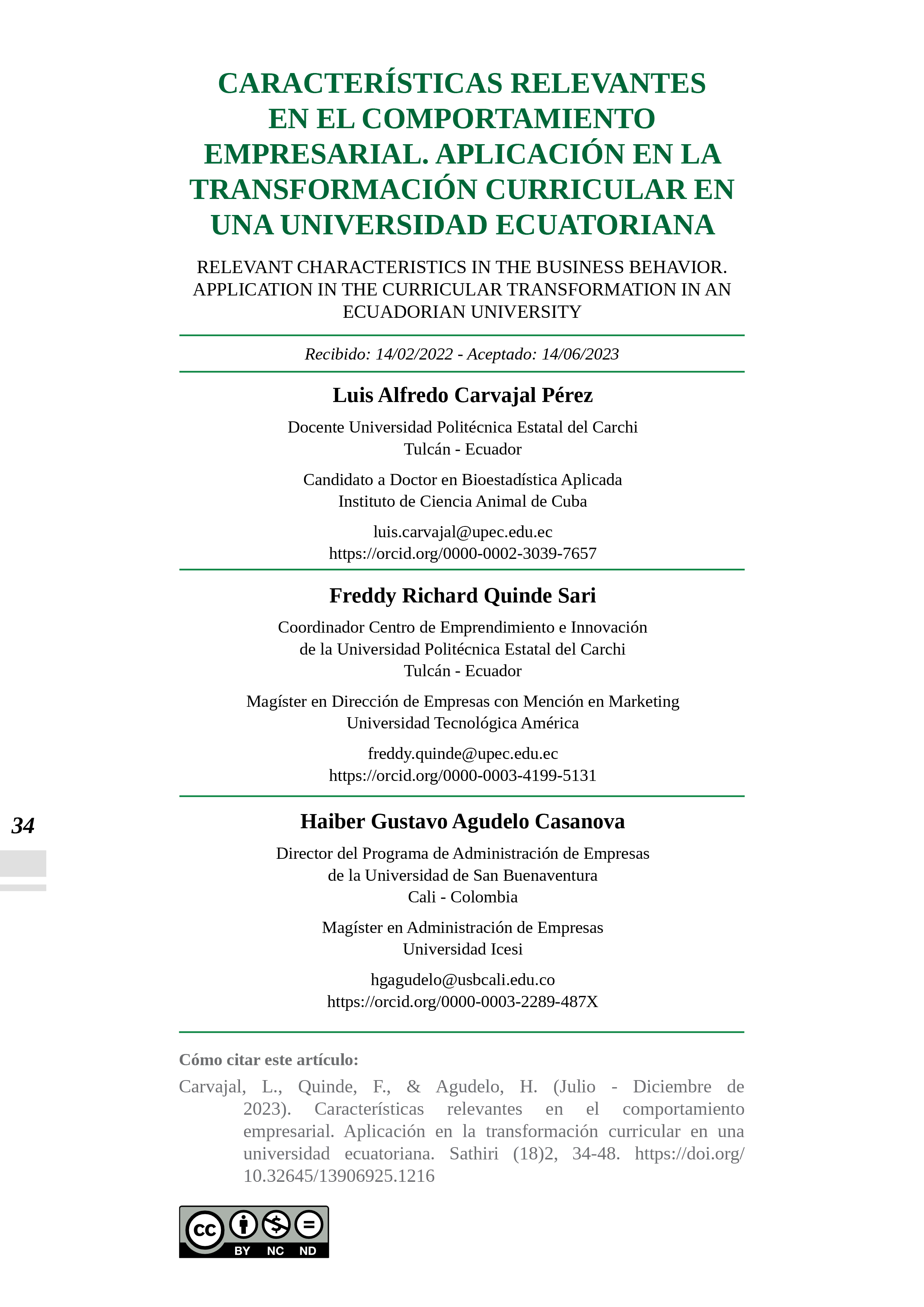
Downloads
Published
Issue
Section
License
Copyright (c) 2023 Luis Alfredo Carvajal Pérez, Freddy Richard Quinde Sari, Haiber Gustavo Agudelo Casanova

This work is licensed under a Creative Commons Attribution-NonCommercial-NoDerivatives 4.0 International License.
El autor mantiene los derechos morales e intelectuales de su obra, autorizando a la editorial de la revista Sathiri la difusión y divulgación de su contenido con fines estrictamente académicos y de investigación, sin fines de lucro. Así mismo, se autoriza que la obra sea descargada y compartida con otras personas, siempre y cuando no sea alterada y se reconozca su autoria.








